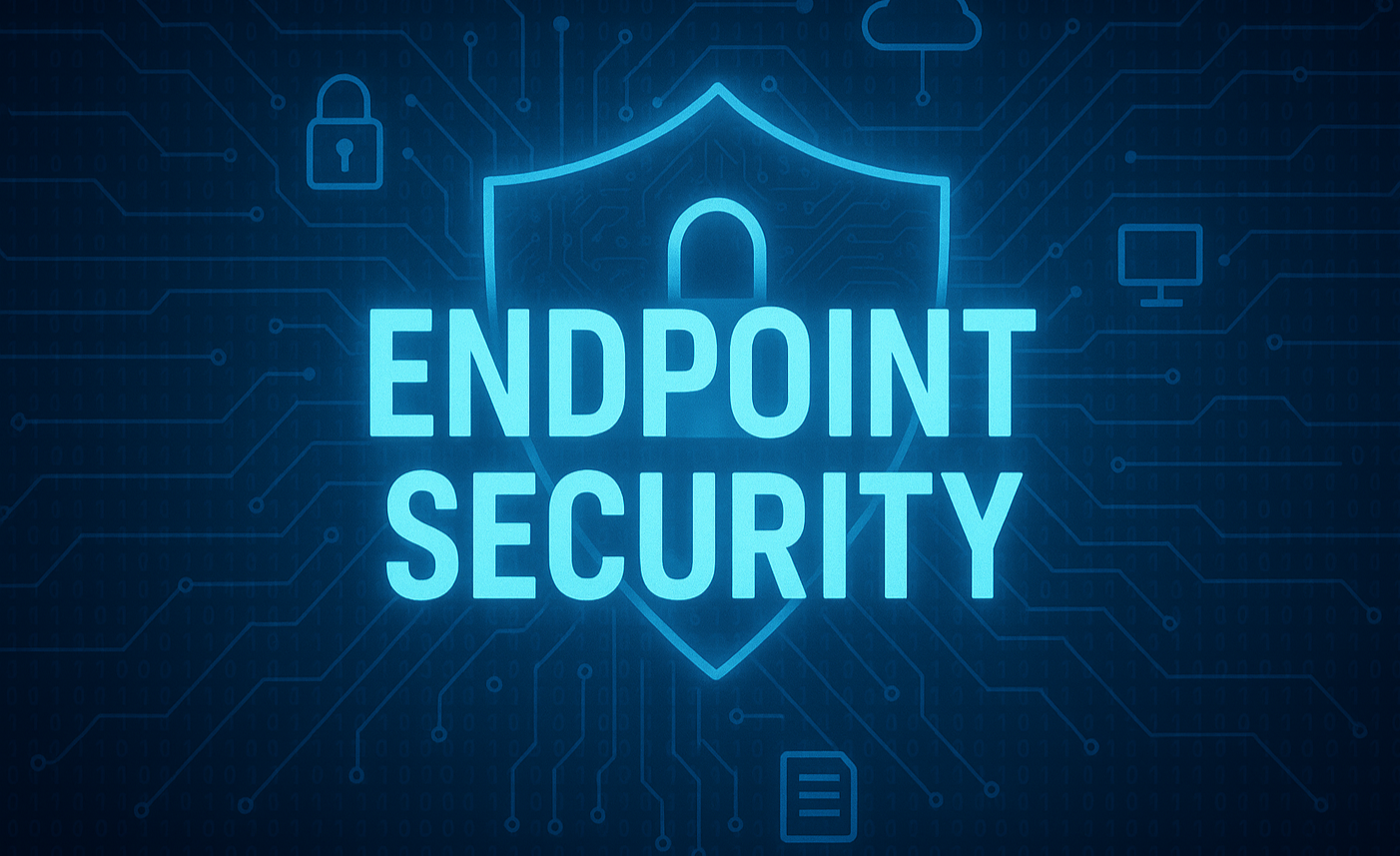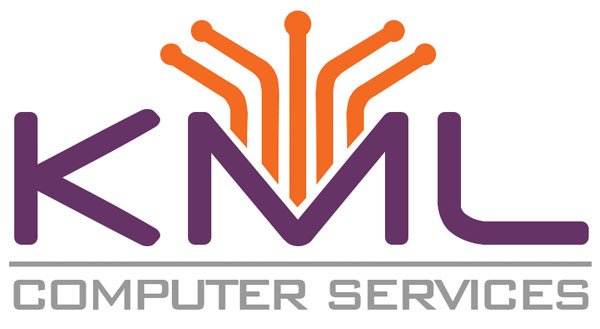
The Current Threat Landscape – Revisited
The current cybersecurity threat landscape is characterized by increasingly sophisticated attacks that traditional security measures struggle to address:
- Ransomware Evolution: Ransomware remains the top organizational cyber risk, with 45% of security leaders ranking it as their primary concern. Ransomware-as-a-Service (RaaS) has commoditized these attacks, making them more accessible to less skilled criminals
- AI-Powered Attacks: Cybercriminals are leveraging artificial intelligence to create more sophisticated malware that can adapt in real-time to evade detection
- Fileless Attacks: Fileless attacks leverage legitimate system tools and reside only in memory, making them incredibly difficult to detect using traditional antivirus and file-based security solutions. They usually begin with phishing emails, malicious scripts, or compromised credentials
- Supply Chain Attacks: These sophisticated attacks target the software supply chain to gain access to multiple organizations simultaneously
- Zero-Day Exploits: By 2024, an estimated 86% of new malware employed evasion techniques to bypass signature-based detection, highlighting the inadequacy of traditional antivirus approaches
The Evolution of Antivirus Technology – A Brief History
Traditional Antivirus Software
Traditional antivirus software has served as the foundational layer of cybersecurity protection for decades. These solutions operate primarily through signature-based detection, comparing files against databases of known malware signatures to identify and block threats. Traditional antivirus excels at detecting and removing common, known malware such as viruses, worms, and trojans.
However, traditional antivirus has significant limitations in today’s threat landscape. It operates reactively, only capable of detecting threats it already knows about. The software typically performs scheduled scans and provides basic real-time protection, but struggles against modern attack techniques like fileless malware, zero-day exploits, and advanced persistent threats.
Next-Generation Antivirus (NGAV)
Next-Generation Antivirus (NGAV) represents a significant evolution from traditional signature-based protection. NGAV solutions incorporate advanced technologies including artificial intelligence, machine learning, and behavioral analysis to detect both known and unknown threats.
Key features of NGAV include:
- Behavioral Analysis: NGAV monitors how files and processes behave in real-time, identifying suspicious activities even when the threat has no known signature
- Machine Learning (not AI): These solutions continuously learn and adapt to new threats, using algorithms that analyze thousands of file attributes to identify malicious patterns
- Cloud-Based Architecture: NGAV leverages cloud infrastructure for faster threat analysis and real-time threat intelligence sharing
- Zero-Day Protection: Unlike traditional antivirus, NGAV can proactively detect and block never-before-seen malware using predictive analytics and heuristic analysis
NGAV solutions are designed to be lightweight with minimal system impact, operating in real-time rather than relying on periodic scans. They provide superior protection against advanced threats while maintaining better performance than legacy solutions.
Endpoint Protection Platforms (EPP)
Endpoint Protection Platforms (EPP) represent a comprehensive approach to endpoint security, integrating multiple security technologies into a unified solution. EPP goes beyond antivirus to include features such as data loss prevention, firewall protection, device control, and application whitelisting.
Core EPP capabilities include:
- Next-Generation Antivirus (NGAV) as the foundation
- Data Loss Prevention (DLP) to prevent sensitive information from leaving the organization
- Firewall Protection and intrusion detection/prevention systems
- Application Control for whitelisting and blacklisting software
- Device Control to manage USB, Bluetooth, and other peripheral access
- Centralized Management through a unified console
EPP solutions provide organizations with a single platform to manage endpoint security across their entire infrastructure, making them particularly valuable for enterprises with complex IT environments.
Understanding Endpoint Detection and Response
What is Endpoint Detection and Response (EDR)?
Endpoint Detection and Response is a cybersecurity technology that provides continuous monitoring, threat detection, and automated response capabilities at the endpoint level. Unlike traditional antivirus that focuses on prevention, EDR emphasizes detection and response to threats that have already penetrated initial defenses.
EDR solutions deploy software agents on endpoints to continuously collect telemetry data, including system logs, file changes, network traffic, and user behavior. This data is analyzed in real-time using advanced analytics, machine learning, and behavioral analysis to identify suspicious activities and potential security incidents.
How EDR Works
EDR operates through several key functional components:
- Continuous Data Collection: EDR agents monitor all endpoint activities 24/7, capturing detailed information about processes, network connections, file modifications, and user behaviors
- Real-Time Analysis: The collected data undergoes continuous analysis using behavioral analytics, machine learning algorithms, and threat intelligence to identify anomalous activities
- Threat Detection: EDR uses multiple detection techniques including signature-based detection, behavioral analysis, and machine learning to identify both known and unknown threats
- Automated Response: Upon detecting a threat, EDR can automatically initiate response actions such as isolating compromised endpoints, quarantining malicious files, or terminating malicious processes
- Investigation and Forensics: EDR provides detailed forensic capabilities, allowing security teams to investigate the scope and impact of security incidents with comprehensive timeline analysis
- Threat Hunting: EDR enables proactive threat hunting by providing security teams with the tools and data needed to search for hidden or advanced threats
Why EDR is Valuable
EDR brings several critical advantages to modern cybersecurity strategies:
- Advanced Threat Detection: EDR excels at detecting sophisticated attacks that bypass traditional security measures, including fileless attacks, zero-day exploits, and advanced persistent threats
- Rapid Response Times: Organizations using EDR can reduce their time-to-detect from the typical 277 days to as little as a few minutes, dramatically limiting the impact of security incidents
- Comprehensive Visibility: EDR provides deep visibility into endpoint activities, enabling security teams to understand the full scope of an attack and how it progressed through their environment
- Proactive Defense: Unlike reactive antivirus solutions, EDR enables proactive threat hunting and the discovery of threats that may have evaded other security controls
- Forensic Analysis: EDR’s detailed logging and analysis capabilities support thorough post-incident investigations, helping organizations understand attack vectors and improve their defenses
- Reduced Dwell Time: By providing continuous monitoring and automated response capabilities, EDR significantly reduces the time attackers can remain undetected in an environment (dwell time is how long a malware stays in your system undetected)
Extended Detection and Response (XDR)
Extended Detection and Response (XDR) represents the next evolution in cybersecurity, expanding beyond endpoint-focused EDR to provide unified threat detection and response across multiple security domains.
XDR collects and correlates data from endpoints, networks, cloud workloads, email systems, and identity platforms, providing security teams with a holistic view of the threat landscape. This comprehensive approach enables faster detection of sophisticated attacks that might span multiple domains and evade point security solutions.
Key XDR capabilities include:
- Unified Data Collection across multiple security layers
- AI-Powered Correlation to connect related security events
- Automated Incident Response across the entire technology stack
- Advanced Threat Hunting with cross-domain visibility
- Streamlined Investigation through centralized consoles
Managed Detection and Response (MDR)
Managed Detection and Response (MDR) combine advanced security technology with human expertise to provide 24/7 threat monitoring, hunting, and response services. MDR services typically leverage EDR or XDR platforms as their foundation, adding human analysts to provide continuous monitoring and expert-led threat hunting.
MDR services include:
- 24/7 Monitoring by security experts
- Proactive Threat Hunting to identify hidden threats
- Incident Investigation and response coordination
- Managed Prioritization to filter false positives
- Guided Remediation with step-by-step response instructions
Identity Threat Detection and Response (ITDR)
While endpoint protection is essential, the next frontier of cybersecurity is identity protection. Today’s attackers don’t always break in—they log in. Identity Threat Detection and Response (ITDR) helps organizations detect, investigate, and contain identity-based threats before they can spread.
Top Identity Threats Businesses Face
- Credential Theft: Compromised passwords remain the easiest path for attackers. Whether stolen through phishing, brute-force attacks, or dark web dumps, stolen credentials let hackers impersonate real users.
- Session Hijacking: When an attacker steals your session token or cookie, they don’t need your password—they already have your identity. This gives them full, uninterrupted access until the session expires.
- Adversary-in-the-Middle (AiTM): Attackers intercept MFA or login tokens mid-session, effectively bypassing authentication. It’s like stealing your ID card right after you badge in.
- Rogue Applications: Malicious or unauthorized OAuth apps can embed themselves deep within your Microsoft 365 or Google Workspace environment, maintaining persistent access and siphoning sensitive data.
- Email Rule Manipulation: Threat actors often create stealthy mailbox rules that forward, delete, or hide messages, allowing them to exfiltrate data or impersonate employees undetected.
How ITDR Strengthens Your Security Posture
ITDR works by monitoring identity activity across cloud and on-premises systems, identifying anomalies, and blocking threats in real time. By integrating with platforms like Microsoft 365 and Azure AD, it can detect suspicious logins, privilege escalations, and rogue access patterns before damage occurs.
Key capabilities include:
- Continuous identity monitoring and behavioral baselining
- Detection of malicious sign-ins and privilege misuse
- Automated containment (e.g., force MFA reset or disable compromised accounts)
- Integration with EDR and XDR for unified visibility
Why It Matters: In today’s world, identities are the new endpoints. Once compromised, attackers can move laterally, escalate privileges, and access critical systems without ever touching malware. ITDR closes that gap.
Building a Layered Defense Strategy
Modern cybersecurity requires a layered approach that combines multiple technologies:
- Foundation Layer: Next-generation or traditional antivirus provides baseline protection against known threats and common malware
- Detection and Response Layer: EDR solutions monitor for advanced threats and provide rapid response capabilities
- Extended Protection: XDR platforms offer comprehensive visibility across the entire technology stack
- Human Expertise: MDR services add expert analysis and 24/7 monitoring to maximize the effectiveness of security tools
- Integration and Automation: Modern security architectures emphasize integration between tools and automated response capabilities to reduce response times
Key Takeaways for SMB Cybersecurity
Organizations should consider their risk profile, resources, and expertise when determining the appropriate combination of these technologies. While traditional antivirus may suffice for basic consumer protection, enterprises facing sophisticated threats require the advanced capabilities provided by EDR, XDR, and potentially MDR services.
The evolution from traditional antivirus to modern EDR and XDR represents a fundamental shift from reactive to proactive cybersecurity. As threats continue to evolve in 2025 and beyond, organizations must embrace these advanced technologies to maintain effective protection against the increasingly sophisticated cyber threat landscape.
Expert Recommendation: Why Huntress MEDR Leads the Pack
We have researched the market for the best anti-malware products on the market for SMB’s based on effectiveness, ease of use, ease of management, and cost effectiveness. Based on this extensive research, we found that Huntress MEDR is the best choice for SMBs looking to protect themselves at a reasonable cost. Huntress is highly effective, reasonably priced and centrally managed by your MSP.
Major rating agencies consistently score Huntress MEDR 96–98% for effectiveness, 99% for customer satisfaction, and report a 100% renewal rate.
Protect Your Business with KML Computer Services
Ready to strengthen your cybersecurity? Contact KML Computer Services today to learn how we can help protect your business from modern threats.
Sidney Rossi with over 25 years of software sales, including hardware and software, is not only seen as a leader in the technology industry, but a proven performer.

